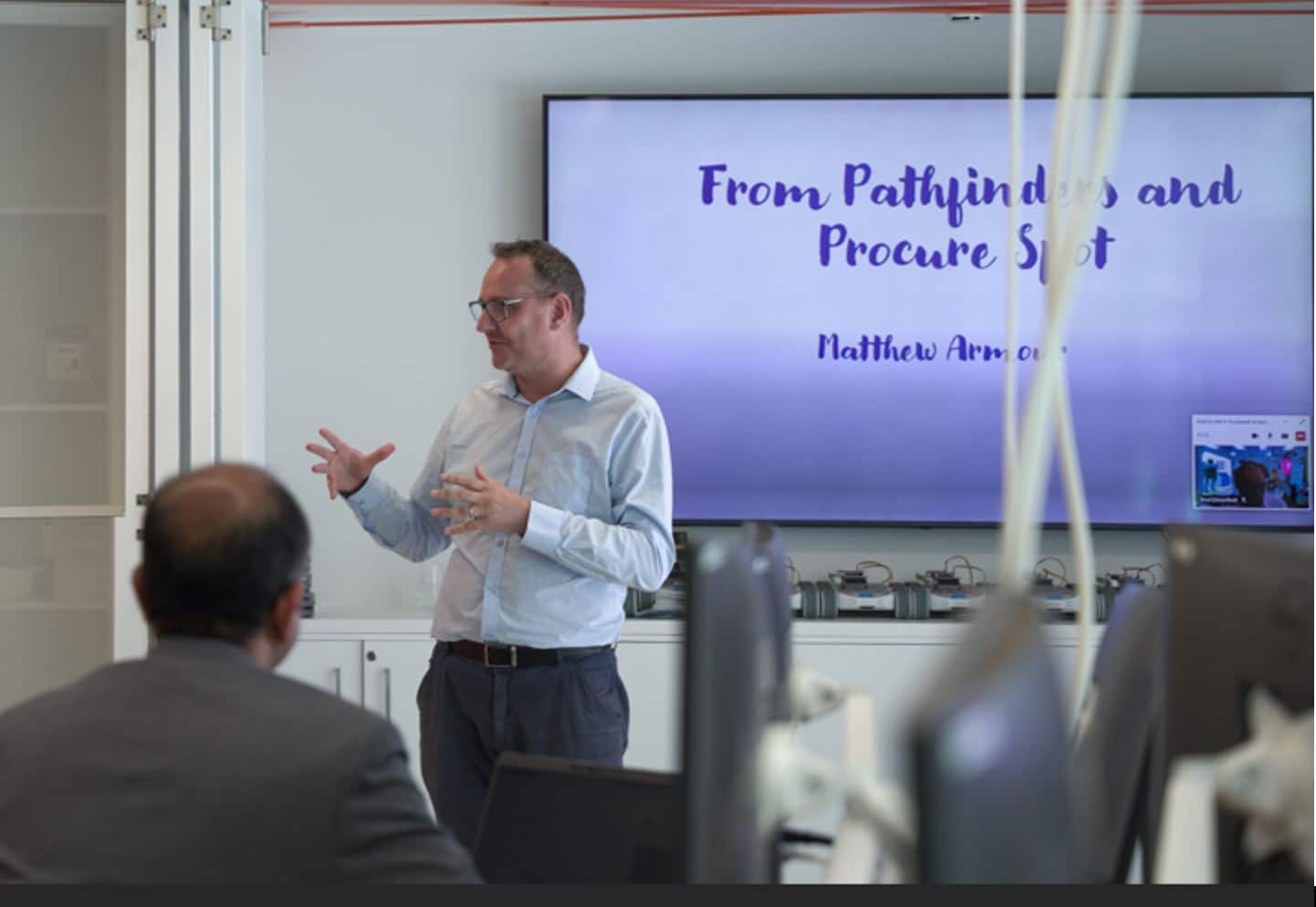Process improvement is a crucial aspect of business growth and sustainability. It involves analysing and enhancing existing business processes to achieve greater efficiency, productivity, and customer satisfaction. However, it can sometimes be daunting to know where to start. This 5-step guide aims to provide actionable tips to successfully embark on process improvement initiatives.
Step 1: Define your goals
Defining clear goals and objectives is the foundation of any process improvement initiative. It helps focus efforts and provides a benchmark for success.- Identify the specific areas or processes that need improvement, such as inventory management, customer service, or production.
- Set clear and measurable goals (SMART goals) that align with your business objectives. For example, reducing order fulfillment time by 20% or decreasing customer complaints by 30%.
Step 2: Analyse current processes
Once a process has been identified for improvement, it’s important to make sure you understand the process from end-to-end, including which teams will be impacted by changes to the process.- Map out the existing processes using flowcharts or process diagrams to visualise the steps involved.
- Identify bottlenecks, inefficiencies, and areas of improvement within the processes.
- Gather data and metrics to quantify the current performance and establish a baseline for comparison.
- Form a cross-functional team comprising employees from various departments. Include individuals who have a good understanding of the current processes and are open to change.
Step 3: Brainstorm solutions
Generating ideas and prioritising potential solutions are crucial steps in the process improvement journey.- Encourage team members to generate ideas for process improvement. Foster a collaborative environment where everyone feels comfortable sharing their suggestions.
- Prioritise the proposed solutions based on their potential impact, feasibility, and resource requirements.
Step 4: Plan, document and implement changes
Effective planning and implementation are key to executing process improvements successfully.- Develop an implementation plan that includes specific actions, timelines, and responsible individuals.
- Document the changes via new process maps and work instructions.
- Communicate the planned changes to all employees, emphasising the benefits and addressing any concerns or resistance. This can be via email, or announcements on your intranet.
- Provide training and resources to support employees in adapting to the new processes.
Step 5: Monitor and Measure Performance
Continuous monitoring and measurement are essential to evaluate the effectiveness of process improvements.- Implement performance metrics and tracking mechanisms to measure the impact of the process improvements. Regular reporting is essential to establish new processes and understand their impact.
- Regularly monitor the performance indicators and compare them against the established baseline. Set this in your calendar so that it does not get forgotten.
- Encourage feedback from employees and customers to identify further areas for improvement. Feedback forms and surveys are easy ways to get feedback.
Common Mistakes
Unfortunately, process improvement is not always straightforward and can often be implemented with the best intentions but not deliver the desired outcomes. Here are a few of the most common (and impactful mistakes) that are often made when implementing process improvements:- Neglecting stakeholders:Stakeholders, including employees, managers, and customers, often have valuable insights and perspectives that can contribute to the success of the project. Neglecting their involvement can lead to resistance, lack of buy-in, and overlooking crucial aspects of the process. Engage with stakeholders early and often, not just at the end of the project when you are ready to implement the change.
- Overlooking Process Analysis:Rushing into implementing changes without conducting a thorough analysis of the existing processes is a common pitfall. Without understanding the current state, it becomes challenging to identify root causes, inefficiencies, and areas for improvement. Proper process analysis, which includes mapping, data collection, and analysis, is essential for making informed decisions and prioritising improvement opportunities.
- Lack of follow-through and reporting:Many organisations make the mistake of considering process improvement as a one-time project rather than an ongoing effort. Process improvement should be viewed as a continuous journey, with regular monitoring, feedback, and adjustments to drive ongoing efficiency and effectiveness.
- Leadership buy-in:Lack of support and commitment from senior leadership is a significant mistake. Without the active involvement and sponsorship of top management, it becomes challenging to secure necessary resources, overcome organisational barriers, and drive a culture of continuous improvement.
- Failure to document:When improvements are not properly documented and communicated, knowledge can be lost, and variations in execution can arise. Standardising processes, creating clear documentation, and providing training materials ensure consistency, facilitate knowledge transfer, and support future enhancements.



